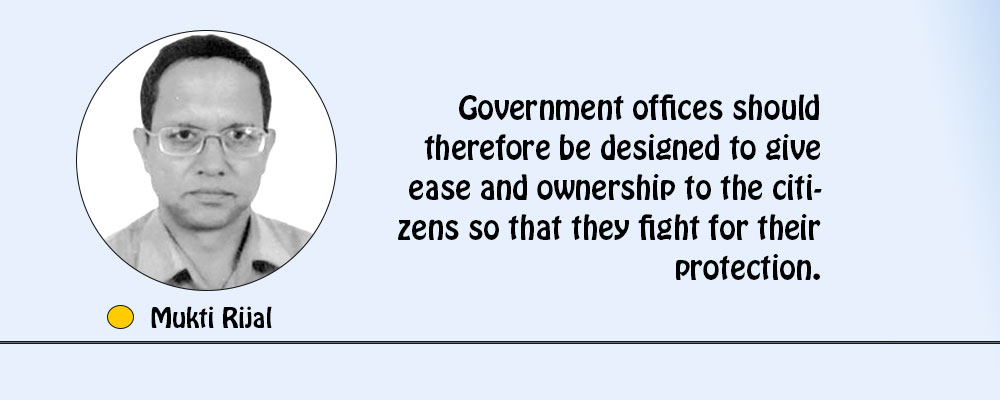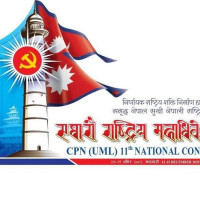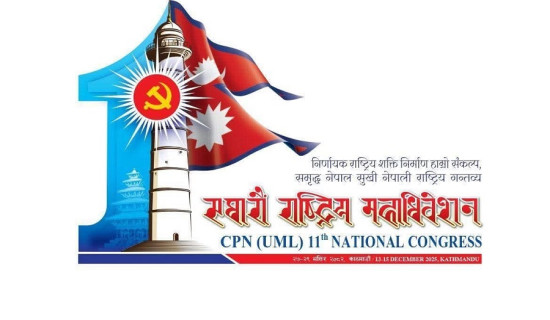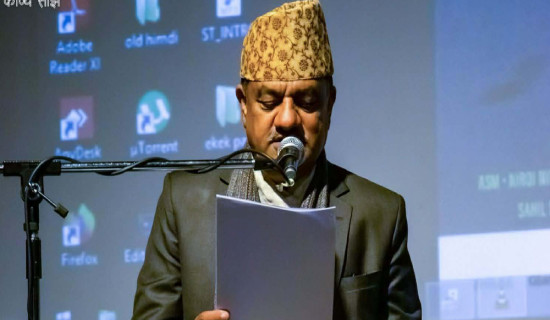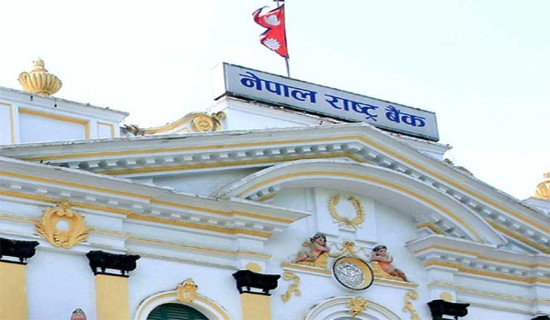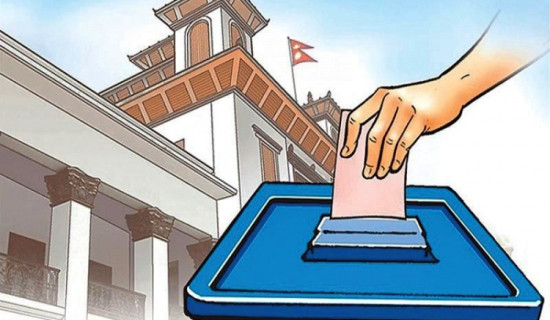- Tuesday, 16 December 2025
Rebuilding Damaged Historic Structures
In the interview given to the local TV chat show, the other day, former bureaucrat and urban planner Kishore Thapa shared his thoughtful reflections on the mindless and indiscriminate destruction wrought upon the historic monuments in the Gen Z movement staged more than a month ago. Kishore Thapa, known for his modesty and suave manner, made his outrage and anguish public when he pointed out that the precious architectural masterpieces were burnt down, razed and destroyed. He was forthright and categorical to say that these acts of ruthless destruction seemed to have been carried out as if they were executed in a premeditated, professional and planned way. Commitment, love and passion in him for architectural master pieces came into full revelation when he stated that it was traumatic to see the historic national monuments like Singh Durbar going into flames and being gutted. We all know that the Gen Z protests were staged as a peaceful demonstration against corruption, nepotism, and a social media ban. But, later, as repression was enforced, killing around six dozens people, it erupted into large‐scale violence accompanied by vandalism, arson, and destruction of public and private heritage.
The infiltration of the destructive forces in the movement is suspected to have wreaked havoc and executed wanton destruction of the monuments, though the Nepal Army made it clear that maximum precaution was taken to prevent it. However, this will be clear after probe panel gives its report. Many important public buildings, cultural and heritage palaces, public records offices, party offices, and private residences were set on fire or seriously damaged. In addition to the historic palace like Singha Durbar that housed PM’s office and several ministries, Birendra International Convention Centre (BICC) – current Parliament building – Shital Niwas – President’s Office and residence – Babar Mahal – the historic palace building housing government departments – Supreme Court complex, Janakpur Cigarette Factory – the industrial site now housing Madhes provincial offices – various municipal, and police and party offices, were mindlessly burnt down. The most agonising was that the Koirala Niwas in Biratnaga – the historic monument of civic resistance against the Rana tyranny – was not spared either.
Rebuilding
Numerous municipal and local government offices, including ward offices, rural municipality offices, and city municipal buildings across various provinces, were destroyed or damaged. In the interview, Thapa, a genius professional architect who had topped the much-coveted SLC examination during the seventies, lamented that the damage was not just physical but was cultural, institutional, and historical, with loss of archives, records, and so on. Rebuilding is costly not only in money but also in time, heritage, and social memory. Most of the structures have been declared unsafe for reuse. Parts of government functions have been disrupted. There is concern not only for heritage losses but also for administrative and archival loss. Ministries, local governments and party offices were robbed of the vital records.
What was most striking, according to Thapa, was that the building that had housed the office of the Ministry of Health and Population (MoHP), designed by Louis I. Kahn, one of the most influential modern architects of the 20th century, was attacked and set on fire. Born in Estonia and later based in the United States, Kahn’s works combined modern construction techniques with classical geometry and a deep sense of timelessness. His designs are celebrated for their bold geometric clarity and mastery of light and shadow and use of raw materials like brick and concrete. The MoHP building was built applying his vision using bricks produced in Bhaktapur. Likewise, Kahn had designed the Indian Embassy in Kathmandu, Jatiya Sangsad Bhavan – National Assembly building –in Bangladesh, and the Indian Institute of Management (IIM) in Ahmedabad.
Lessons
However, passing blame on to those elements responsible for the massive destruction and trading accusations for this senseless loss rendered to the nation makes no sense if the culprits are not brought to justice. Nevertheless, it is time we learnt lessons from this event and designed the new government structures meant for public service delivery in such a way that they look modest and cost-effective, which has not been the case till now. As such complexes are constructed spending taxpayers’ money, such structures should impart a sense of belongingness to the people. While building such public buildings, local materials need to be used, applying vernacular architectural styles with due cognizance of ergonomic perspectives. Our government offices so far have been designed from supply-side perspectives, where space has been laid out to deliver ease and convenience to government staff. The ease of the service recipients has not been taken into account.
Take the example of the Narayanhiti Palace, where the office of the National Identity Department is set up under the Ministry of Home Affairs to prepare and distribute national identity cards to the citizens. Since it is a vital document in accessing civic services of all and sundry, a massive crowd of people, both adults and the elderly, throngs the gate of Narayanhiti palace since early morning every day. However, no arrangements exist for the ease and convenience of the service seekers who have to wait for hours in the queue. Even the newly constructed offices of the municipalities and ward committee offices, which are known as the service delivery outposts, are found not to have allocated space, taking cognizance of the ease and convenience of service seekers. It is, therefore, necessary that the office structures are re-imagined, paying attention to ease and comfort of service-seeking citizens exalted as the shapers and makers of democratic polity. The government offices should therefore be designed to give ease and ownership to the citizens so that they fight for their protection.
(The author is presently associated with Policy Research Institute (PRI) as a senior research fellow. rijalmukti@gmail.com)

